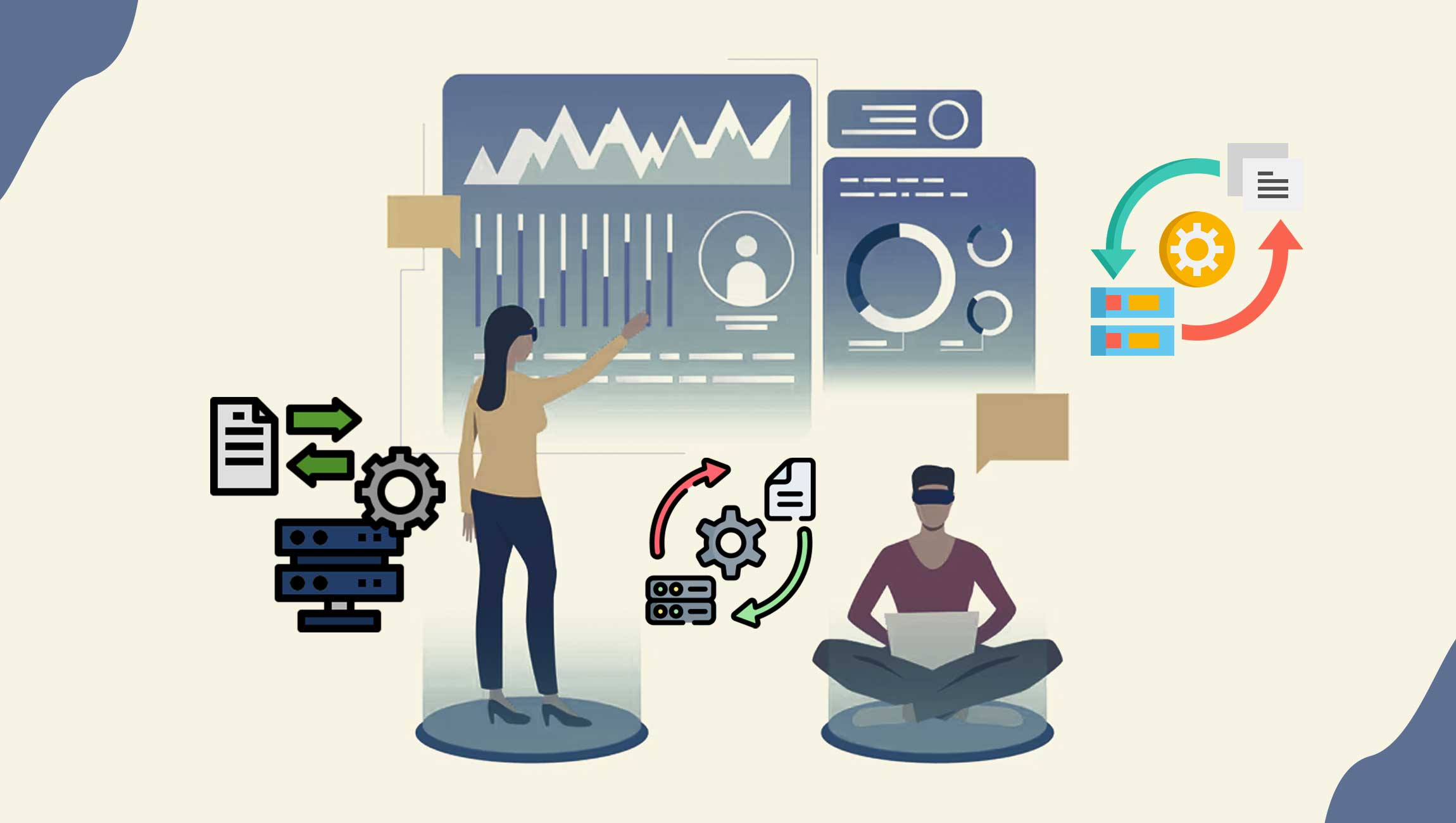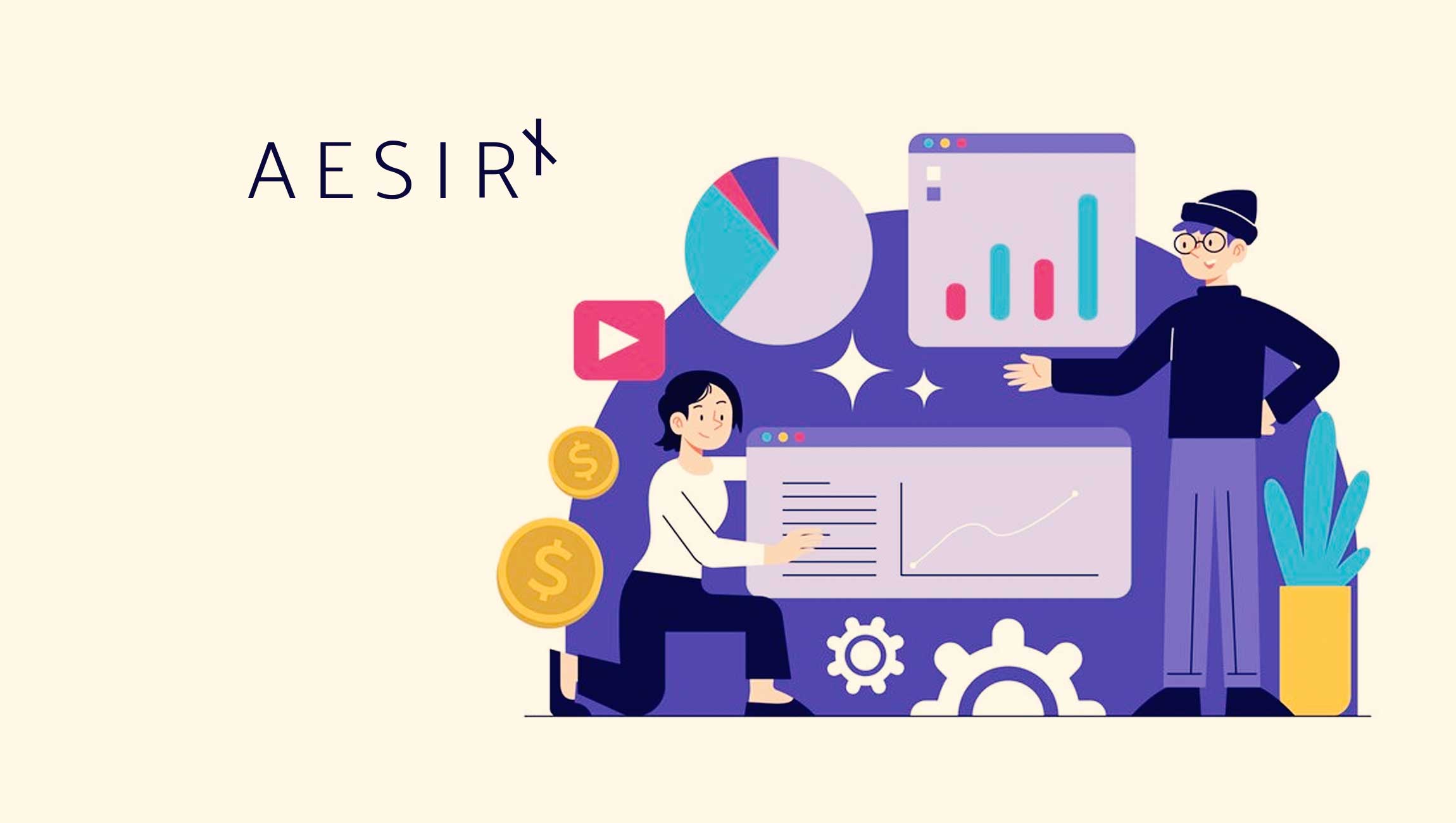In today’s data-driven world, the ability to transform complex analytics data into actionable insights is paramount. Data visualization plays a crucial role in this transformation, bridging the gap between raw data and strategic action. Raw data, with its vastness and complexity, often poses a significant challenge for interpretation. Visualization serves as a powerful tool, turning abstract numbers into understandable and engaging visuals. This not only aids in comprehending the sheer volume of data but also in making informed decisions based on these insights, thereby enhancing the decision-making process across businesses and industries.
The Role of Data Visualization in Analytics
Data visualization is instrumental in deciphering complex data sets, making it easier for analysts and stakeholders to understand the information at a glance. It transcends the limitations of traditional spreadsheets by presenting data in a more interactive and accessible format. Using various visualization techniques, it highlights trends, patterns, and outliers that might remain hidden in raw numerical data. This enhanced visibility facilitates quicker and more accurate analyses, enabling organizations to identify opportunities or risks promptly. Furthermore, data visualization supports the storytelling aspect of analytics, allowing data scientists and business professionals to convey findings in a compelling way that resonates with their audience, thereby driving strategic decisions based on empirical evidence.
Key Types of Data Visualizations
Data visualization encompasses a range of techniques, each suited to different types of data and insights. Understanding these variations is key to choosing the most effective method to convey your message.
1. Line Graphs:
Ideal for showcasing trends over time, line graphs help in visualizing the progression or decline of data points. They are especially useful in financial analyses, sales trends, and monitoring changes in key performance indicators over various intervals.
2. Bar Charts:
Bar charts excel in comparing quantities across different categories. By visually breaking down data into separate bars, they facilitate easy comparison of group sizes, operational performance, or sales by product categories, highlighting disparities and similarities.
3. Heat Maps:
Heat maps use color gradients to represent data values in a matrix. This visualization is effective for identifying patterns or anomalies within large datasets, such as website traffic sources, geographic distribution of sales, or product performance metrics.
4. Scatter Plots:
Scatter plots are perfect for identifying relationships between two variables. They help in spotting correlations, trends, and outliers within datasets, making them invaluable for statistical analyses, market research, and predicting future trends.
5. Pie Charts:
Pie charts provide a visual representation of parts to a whole, making them suitable for displaying composition, such as market share, demographic breakdowns, or budget allocations. Their simplicity offers a quick snapshot of data distribution.
Marketing Technology News: MarTech Interview with Adam Brotman, Co-Founder and Co-Ceo @ Forum3
Transforming Analytics Data into Actionable Insights
Transforming raw data into a visual format streamlines the interpretation process, enabling faster decision-making based on clear, actionable insights.
1. Understanding the Data:
The first step involves a thorough analysis of the raw data to grasp its implications. By identifying the key metrics and variables, analysts can determine the most appropriate visualization technique to apply, ensuring that the chosen method accurately represents the data’s story.
2. Selecting the Right Visualization:
Depending on the data’s nature and the insights you wish to highlight, the choice of visualization can significantly impact the audience’s understanding. Whether it’s trends over time, comparisons, distributions, or relationships, each visualization type has its strengths in showcasing specific aspects of the data.
3. Iterative Refinement:
Creating impactful visualizations often requires an iterative process of refinement. This includes adjusting the layout, color schemes, and detail level to enhance readability and ensure the visualization communicates the intended message effectively.
4. Leveraging Tools and Software:
Utilizing advanced data visualization tools and software can simplify the transformation process. These technologies offer a variety of templates and customization options, making it easier to create professional and impactful visuals. Moreover, they often include features for interactive exploration of the data, allowing users to delve deeper into the analytics and uncover additional insights.
Best Practices in Data Visualization
Creating effective data visualizations requires adherence to several best practices, ensuring the visuals are not only impactful but also accurate and accessible to the intended audience.
1. Simplicity is Key:
Avoid clutter and focus on simplicity to ensure your visualizations are easy to understand. Use clear labels, limit the color palette, and remove unnecessary elements to highlight the most important data insights without overwhelming the viewer.
2. Maintain Accuracy:
Ensure your visualizations accurately represent the data. Misleading scales, improper use of graph types, or incorrect interpretations can distort the message and misinform the audience. Accuracy builds trust and credibility in your data storytelling.
3. Tailor to Your Audience:
Understand the needs and knowledge level of your audience to tailor the visualization accordingly. The complexity, design, and detail should resonate with the viewers, making the insights accessible and actionable for them.
Conclusion
Data visualization stands as a transformative tool in analytics, converting complex data into clear, actionable insights. It enables businesses and individuals to make informed decisions swiftly and confidently. Embracing these practices and techniques not only enhances understanding but also empowers strategic action, underscoring the invaluable role of data visualization in today’s data-centric environment.
Marketing Technology News: Campaign Management Software: What Can it do for you?











